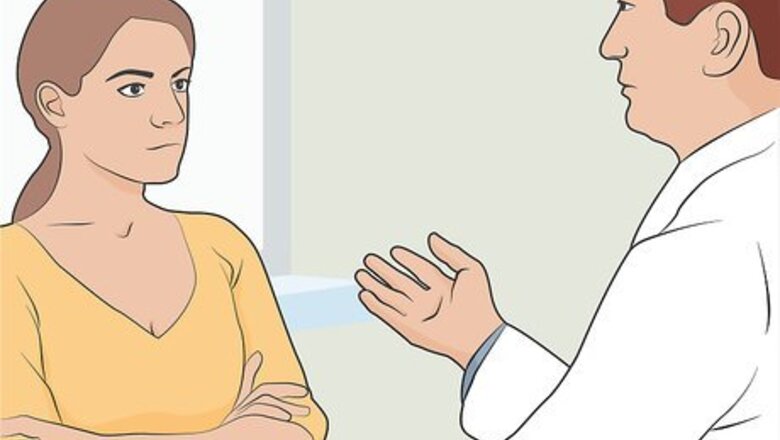
views
X
Trustworthy Source
PubMed Central
Journal archive from the U.S. National Institutes of Health
Go to source
These treatments use ultraviolet light to stop skin cells from reproducing so fast, reducing your skin inflammation. If you’d like to see if phototherapy works for you, then visit your dermatologist and discuss your options. With the right treatment, you can enjoy relief from your psoriasis symptoms.
In-Office Treatment Types

Visit your dermatologist to discuss your options. There are a few different phototherapy treatment types you could use, but all of them require a prescription and guidance from your dermatologist. If you’d like to try phototherapy treatment, then visit your dermatologist to discuss treatment options and choose the best one for you. Phototherapy will turn your skin slightly pink, which is normal. Common, minor side effects include a burning sensation, itching, skin darkening, or mild blistering.
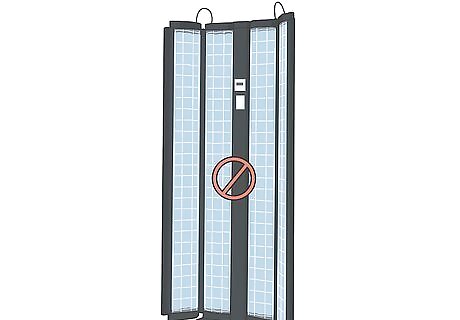
Avoid phototherapy if you're sensitive to UV light. Dermatologists won't recommend phototherapy for everyone. If you've had skin cancer or have a condition that makes you more susceptible to skin cancer, then they'll advise against it. They will also not recommend phototherapy for people on medications or with conditions that make them more sensitive to UV light, like porphyria. If any of these situations pertains to you, then the dermatologist will probably recommend a different treatment.
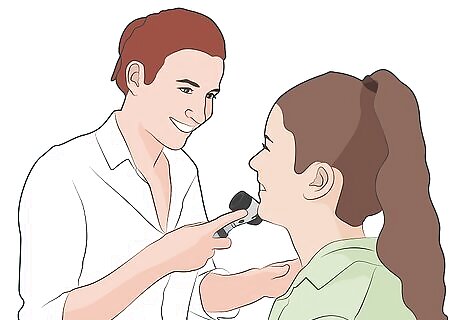
Ask your dermatologist if sunlight could help your psoriasis. Sunlight has the same UV light that dermatologists use for phototherapy treatments, so it’s possible that regular sun exposure could treat your psoriasis as well. Ask your dermatologist about this and see if they’d recommend it for you. If so, then expose the affected areas of your skin to sunlight as often as your dermatologist directs you to. A standard recommendation is exposing your skin to sunlight for 20 minutes at a time, but follow your doctor’s specific instructions. Make sure you cover the unaffected areas of your skin with sunblock to prevent sunburns and lower your risk for skin cancer.
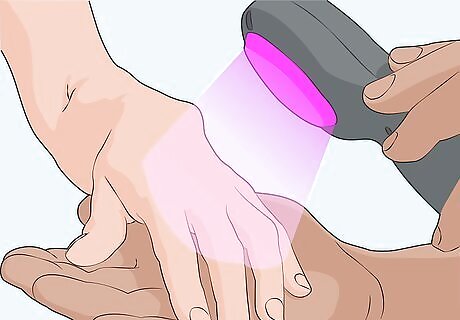
Try focused laser therapy for mild patches. Laser therapy focuses a strong beam of UVB light onto localized psoriasis sections. This is used for mild cases that only cover small areas, so your dermatologist may recommend it if your psoriasis hasn’t progressed. Laser therapy requires fewer total treatments than other phototherapy types. You may need 2-3 treatments per week and a total of 10-12 sessions.
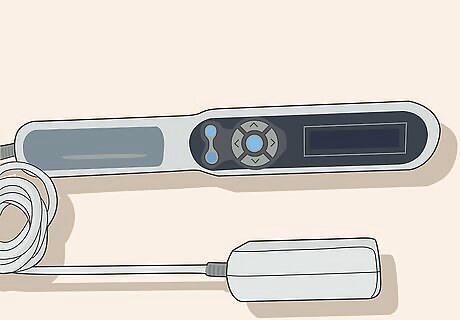
Use UVB therapy for a standard phototherapy treatment. Ultraviolet B, or UVB, therapy is the most common phototherapy treatment for psoriasis. This focuses broad or narrow band light onto affected areas of your skin for a few minutes to stop skin cells from reproducing so fast. It’s typically done in a dermatologist’s office a few times per week. UVB sessions usually last for less than 20 minutes, but you need to repeat the treatment 2-3 times per week for up to 8 weeks straight. Depending on how large the affected areas of your skin are, the dermatologist may use a full-body unit or a handheld wand to focus on smaller areas.
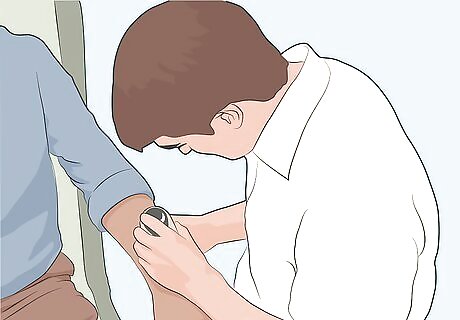
Choose Psoralen-UVA (PUVA) treatment for more severe cases. PUVA treatment uses a different type of light, ultraviolet A, along with medication that will make your skin more sensitive to light. The dermatologist will either apply a cream to your skin or have you take an oral medication 1-2 hours before your scheduled treatment. They’ll then focus UVA light on the affected areas of your skin for a few minutes to complete the treatment. PUVA treatment can take longer than UVB. You might have to visit your dermatologist multiple times per week for 2-4 months.
Home Phototherapy Units
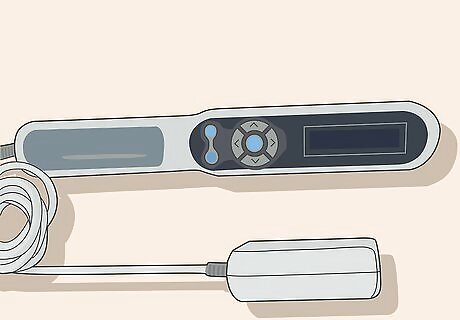
Get a prescription for home phototherapy equipment. If your dermatologist thinks that at-home light treatment is right for you, then they can write you a prescription for the equipment. Follow this prescription and buy or rent the necessary device to do phototherapy at home. This is specialized equipment, so your dermatologist will probably have to order it for you. It may be available from medical supply stores as well. The type of equipment will depend on how widespread your psoriasis is. For small patches, you can probably use a small light wand that looks like a shower head. For more widespread cases, you can use a full body unit that covers multiple areas at once. Your insurance may cover part or all of the equipment cost, but not all plans will provide the same coverage.

Read all of the instructions that come with the unit. While phototherapy units work similarly, different products might have different procedures. Always check the instructions that come with your unit to make sure you know how to work it and all the safety features. If you have any questions, contact your dermatologist or the manufacturer. Common instructions for handheld units are to plug the device in and press the on switch. Then focus the light onto the affected areas on your skin for as long as instructed. Full-body units are stands that are usually at least 6 ft (1.8 m) tall. Some are on wheels so they're easier to move. Plug the unit in and turn the switch for your therapy sessions.
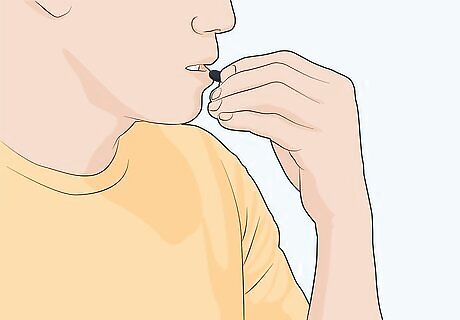
Take any prescribed medication before the treatment. If you’re doing PUVA treatment at home, then you’ll probably need to take medication or apply cream before the light treatment. Make sure you do this 1-2 hours before your light session so your skin is sensitive enough to respond. If you’re doing UVB treatment, then you probably don’t need any medications or creams.
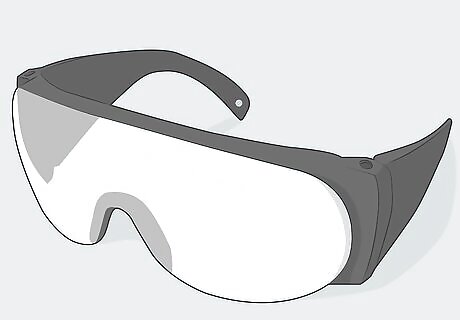
Wear protective goggles to keep the UV light out of your eyes. This is more important if you use a full-body unit rather than a handheld one. These goggles prevent eye damage during full-body phototherapy sessions. They may come with your unit, or you might have to buy them separately. Ask your dermatologist what type you should get and wear them during each session. If you don't have psoriasis on your face, then you can cover your whole head with a towel instead. This is a good backup plan if you don't have goggles. Sunglasses with 100% UV protection may also work, but ask your dermatologist first.

Follow the exact treatment schedule that your dermatologist tells you to. Phototherapy could cause burns or inflammation if you do it too much. Always follow your dermatologist’s prescription exactly and apply the light treatment for as long as they direct you to. Repeat the treatment according to your prescription. Phototherapy treatments are often 10-20 minutes at a time, but follow the dermatologist’s directions.

Contact your dermatologist if you experience any negative side effects. Even if you follow the dermatologist’s directions correctly, you may experience some side effects. If you feel pain, burning, irritation, or severe blistering, then stop using the treatment and contact your dermatologist for further instructions.

Protect your skin from the sun after phototherapy treatments. You may get minor sunburns from phototherapy sessions, and these could take 1-2 days to appear. When you go outside in the days after a session, cover your skin with clothing or wear SPF 30 sunblock to avoid making any burns worse. Protecting your skin from sunlight is also important to prevent skin cancer, so always wear sunblock on sunny days anyway.
















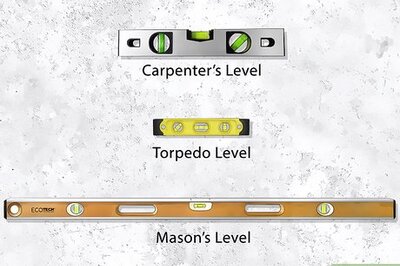

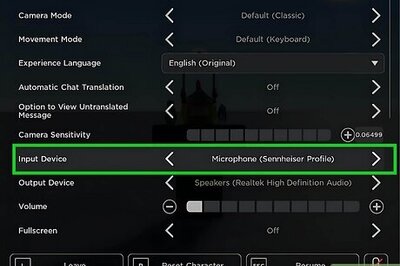

Comments
0 comment